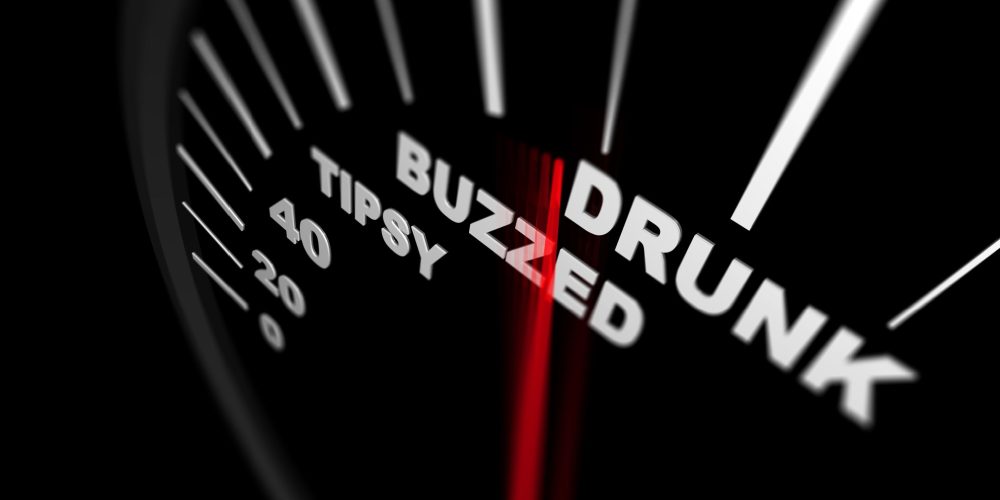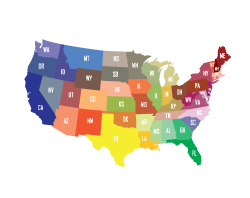Understanding Blood Alcohol Content Limits and Their Impact on Drunk Driving
Blood alcohol content (BAC) limits are crucial in determining the legal threshold for drunk driving across different countries. While most nations set the BAC limit at 0.05% or lower, the United States is among the few with a higher limit of 0.08%. This discrepancy raises questions about road safety and the effectiveness of current policies, particularly when compared to the strict parameters for blood alcohol content around the world.
Global Blood Alcohol Content Limits
According to the World Health Organization, here’s how BAC limits are distributed globally:
- 0.00% (Zero Tolerance): Some countries enforce zero-tolerance laws, prohibiting any alcohol consumption before driving. These countries include Armenia, Azerbaijan, the Czech Republic, Hungary, Jordan, Kyrgyzstan, and Romania.
- 0.03% to 0.05%: This is the most common range, with 54% of countries setting their BAC limit within this bracket. This range includes countries like Bolivia, Canada, and many African countries.
- 0.05% and Above: About 25% of countries, including the U.S., have BAC limits above 0.05%.
The U.S. federal BAC limit of 0.08% was established in 2000 as a compromise between safety concerns and economic considerations. In the earlier half of the 20th century, the BAC limit in the United States was up to .15%, which was a point of ongoing contention for advocacy groups, such as Mothers Against Drunk Driving, who fought to lower that limit decades later.
Impact of Higher Blood Alcohol Content Limits
Research shows that cognitive and motor skills necessary for safe driving begin to decline at BAC levels as low as 0.05%. Drivers with a BAC of 0.05% are 38% more likely to be involved in crashes compared to sober drivers. These findings underscore the potential dangers of maintaining the current U.S. standard and have fueled calls for reform.
A 2017 analysis from the National Transportation Safety Board suggested that lowering the national BAC limit to 0.05% could reduce alcohol-related fatalities by 11%, potentially saving nearly 1,800 lives annually. Given the nearly 25% increase in drunk driving deaths since that estimate, the benefits of a lower BAC limit could be even more substantial today.
Utah’s Experience with Lower BAC Limits
In 2018, Utah became the first U.S. state to reduce its BAC limit to 0.05%. The results were promising: within a year, fatal car crashes in the state dropped by nearly 20%. This success is largely attributed to the law’s deterrent effect, encouraging drivers to avoid driving after consuming alcohol.
Efforts to Lower Blood Alcohol Content Limits
Several states, including Connecticut, Hawaii, New York, and Washington, are considering legislation to lower their BAC limits. Supporters argue that stricter limits can save lives without negatively impacting alcohol sales or tourism, as seen in Utah. However, the hospitality industry remains concerned that such changes could hurt alcohol sales and affect restaurants and bars. For states, particularly Hawaii, with economies that depend on high tourism, could an effort to lower BAC limits hurt their communities more than help?
Importance of Legal Representation in DUI Cases
For individuals facing DUI charges, understanding blood alcohol content limits and their legal implications is crucial. A DUI conviction can lead to severe consequences, including fines, license suspension, and jail time. Navigating these legal challenges requires professional assistance.
At 1800DUILaws.com, we provide a free attorney matching service to connect individuals charged with DUI to qualified attorneys who can help protect their rights and guide them through the legal process. Experienced legal representation can make a significant difference in the outcome of a DUI case, helping clients understand their options, negotiate plea deals, or fight charges in court. Visit our website today to find the legal support you need.
What You’ve Learned
If you thought that the United States of America had a stringent blood alcohol content limit, then think again! When compared to some of the countries around the world with limits at 0.05%, 0.03%, or even 0%, it seems that The United States is among the most lenient countries for restricting drunk driving. Would American roads be safer following additional BAC limit reforms?
Only time will tell.








